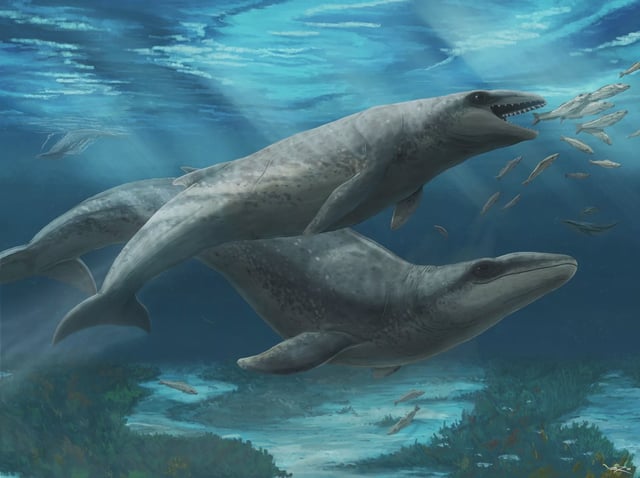Overview
- Researchers from Museums Victoria Research Institute and Monash University formally named Janjucetus dullardi based on a partial skull found on Victoria’s Surf Coast and dated to about 26 million years ago.
- The specimen preserves both teeth and inner-ear bones, an unusually complete combination that allows functional study of feeding and underwater hearing.
- At roughly 2 meters long, with large forward-facing eyes and sharp slicing teeth, it was a shark-like predator rather than a filter-feeding baleen whale.
- The team classifies it as a mammalodontid, making it the fourth known worldwide and the third from the Jan Juc Formation in Victoria.
- Discovered in 2019 by local resident Ross Dullard and now published in the Zoological Journal of the Linnean Society, the fossil is being analyzed with CT imaging to probe its sensory capabilities.
